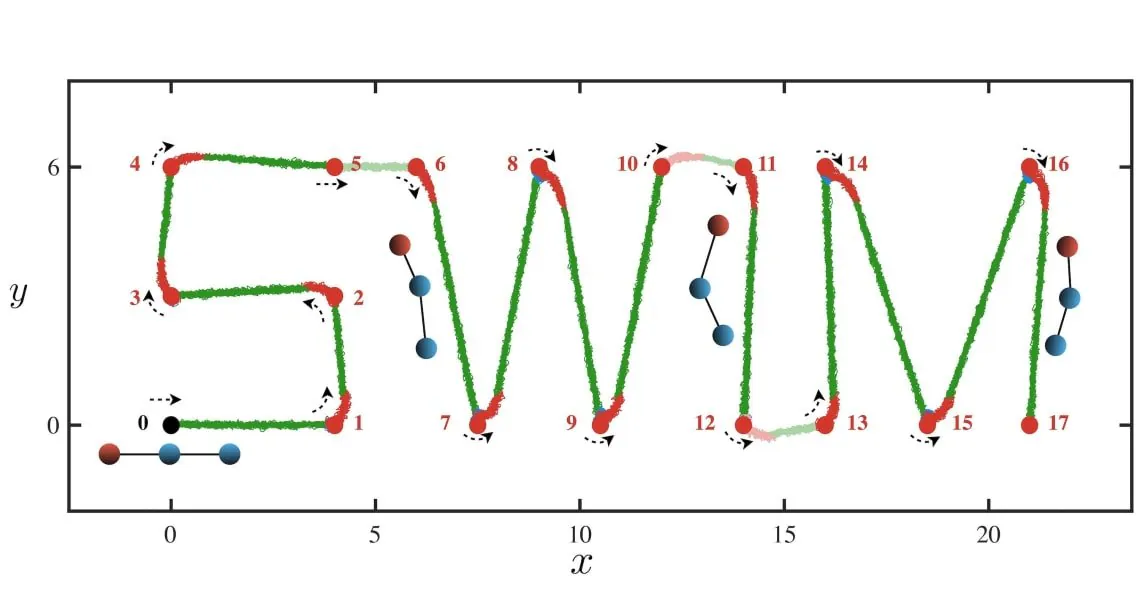Robotics
AI Helps Microrobots Learn to Swim and Navigate

A team of researchers from Santa Clara University, New Jersey Institute of Technology, and the University of Hong Kong have successfully used deep reinforcement learning to teach microrobots how to swim. The new development is a major step forward in microswimming capabilities.
Experts have been consistently focused on creating artificial microswimmers that can navigate similarly to naturally-occuring swimming microorganisms, such as bacteria. These microswimmers could be used for a variety of biomedical applications in the future, such as targeted drug delivery and microsurgery. Even with the focus on development, most of today’s artificial microswimmers can only perform simple maneuvers with fixed locomotory gaits.
The new study was published in Communications Physics.
Teaching Microswimmers With AI
In the study, the team reasoned that AI could teach microswimmers to adapt to changing conditions. Microswimmers, similarly to humans, require reinforcement learning and feedback to learn to swim, but they have a unique set of challenges.
On Shun Pak is an associate professor of mechanical engineering at Santa Clara University.
“Being able to swim at the micro-scale by itself is a challenging task,” said On Shun Pak. “When you want a microswimmer to perform more sophisticated maneuvers, the design of their locomotory gaits can quickly become intractable.”
Combining ANNs and Reinforcement Learning
The team combined artificial neural networks (ANNs) and reinforcement learning to successfully teach a simple microswimmer to swim and navigate toward an arbitrary direction. The microswimmer receives feedback on its specific actions, which it then uses to progressively learn how to swim based on its experience interacting with the environment.
Alan Tsang is an assistant professor of mechanical engineering at the University of Hong Kong.
“Similar to a human learning how to swim, the microswimmer learns how to move its ‘body parts' — in this case three microparticles and extensible links — to self-propel and turn,” said Tsang. “It does so without relying on human knowledge but only on a machine learning algorithm.”
The AI-powered swimmer can switch between different locomotory gaits adaptively, which enables it to navigate toward any target location on its own.
The researchers demonstrated the power of the microswimmer by enabling it to follow a complex path without being explicitly programmed.
Yuan-nan Young is a professor of mathematical sciences at New Jersey Institute of Technology.
“This is our first step in tackling the challenge of developing microswimmers that can adapt like biological cells in navigating complex environments autonomously,” said Yuan-nan Young.
Adaptive behaviors like these are what hold so much promise for biomedical applications.
Arnold Mathijssen is an expert on microrobots and biophysics at the University of Pennsylvania. He was not involved in the research.
“This work is a key example of how the rapid development of artificial intelligence may be exploited to tackle unresolved challenges in locomotion problems in fluid dynamics,” said Mathijssen. “The integration between machine learning and microswimmers in this work will spark further connections between these two highly active research areas.”














